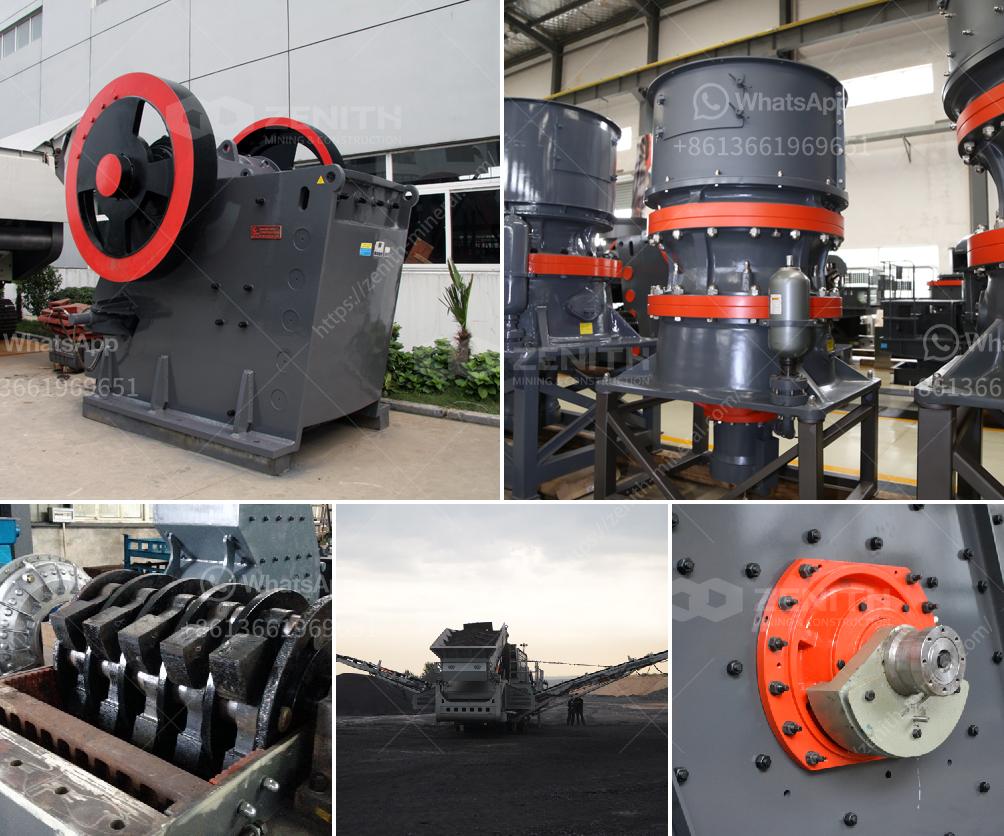A rock crusher is a machine designed to reduce large rocks into smaller rocks, gravel, or rock dust. It is used in various industries, including mining, construction, and recycling, to break down materials into more manageable sizes. The working principle of a rock crusher can vary depending on the type of crusher being used, but the general process involves several key steps:
Feeding the Material: The raw material, which can be large rocks or stones, is fed into the crusher. This is typically done using a hopper or a conveyor belt that transports the material to the crusher's input area.
Crushing Mechanism: The core of the rock crusher is its crushing mechanism, which can be of different types:
Reduction and Size Control: The crushed material is then passed through a series of screens or sieves to separate it into different size fractions. This ensures that the final product meets the desired specifications for size and consistency.
Discharge: The final, crushed material is discharged from the crusher and can be transported to the next stage of processing or used directly in construction or other applications.
Adjustments and Maintenance: Rock crushers often have adjustable settings to control the size of the output material. Regular maintenance is also crucial to ensure the crusher operates efficiently and to prevent breakdowns.
In summary, a rock crusher works by feeding large rocks into a crushing mechanism, which applies pressure or impact force to break the rocks into smaller pieces. The crushed material is then sorted by size and discharged for further use or processing. Different types of crushers use different methods to achieve this, but the basic principle remains the same.
